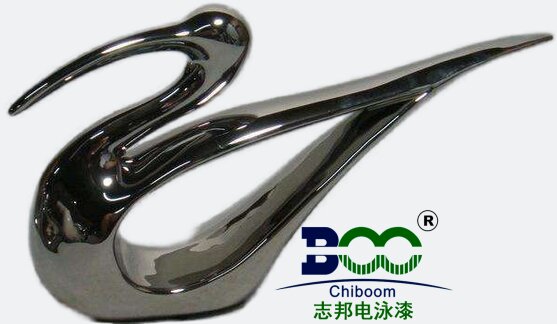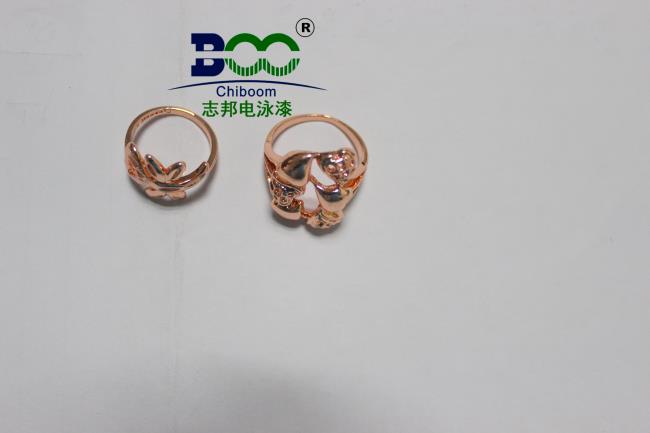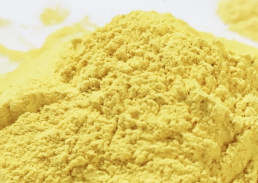Why is the electrophoretic paint not hard enough?
Why is the electrophoretic paint not hard enough?
Analysis of the Reasons for Insufficient Hardness of Electrophoretic
Paint
Electrophoretic paint, due to its excellent corrosion resistance, strong adhesion, and aesthetic value, is widely used in various fields. However, during actual use, it is sometimes found that the hardness of electrophoretic paint is insufficient, which not only affects its service life but also has a negative impact on the protection of the substrate. So, why is the hardness of electrophoretic paint insufficient? Let's analyze the reasons.
1. Quality Issues of Raw Materials
The hardness of electrophoretic paint is closely related to the quality of its raw materials. If the components such as resins, pigments, and assistants in the raw materials are of poor quality or are improperly mixed, it can lead to insufficient hardness of the electrophoretic paint. Therefore, when selecting raw materials, it is essential to ensure the credibility of the supplier and the quality standards of the products.

2. Improper Production Processes
The control of production processes also has a significant impact on the hardness of electrophoretic paint. Improper control of parameters such as temperature, time, and pH during production may result in incomplete curing of the electrophoretic paint, thus reducing its hardness. Therefore, during production, it is necessary to strictly follow the process requirements and ensure that the parameters of each step are within the controlled range.
3. Environmental Factors
Environmental factors such as temperature and humidity can also affect the hardness of electrophoretic paint. In high-temperature or high-humidity environments, the curing speed of electrophoretic paint may increase, but it may also lead to incomplete curing, thereby reducing its hardness. Therefore, when using electrophoretic paint, attention should be paid to changes in environmental factors, and corresponding measures should be taken for adjustment.
4. Insufficient Coating Thickness
Coating thickness is another important factor affecting the hardness of electrophoretic paint. If the coating is too thin, its hardness will naturally decrease. Therefore, during the coating process, it is necessary to ensure that the coating thickness meets the requirements and avoid situations where the coating is too thin.
5. Improper Post-treatment
After the electrophoresis painting is completed, post-treatment such as drying and curing is required. Improper post-treatment, such as too high a drying temperature or too short a time, may also lead to insufficient hardness of the electrophoretic paint. Therefore, during the post-treatment process, it is necessary to strictly follow the requirements and ensure that the electrophoretic paint can be completely cured.
6. Conclusion
The insufficient hardness of electrophoretic paint may be caused by various reasons such as quality issues of raw materials, improper production processes, environmental factors, insufficient coating thickness, and improper post-treatment. To ensure that the hardness of electrophoretic paint meets the requirements, we should start from the source, select quality raw materials, strictly control various parameters during production, pay attention to changes in environmental factors, ensure that the coating thickness meets the standards, and strictly follow the requirements during the post-treatment process. Only by doing so can we ensure that the hardness of electrophoretic paint meets the usage requirements, thereby prolonging its service life and improving the protection effect of the substrate.





 WeChat
WeChat